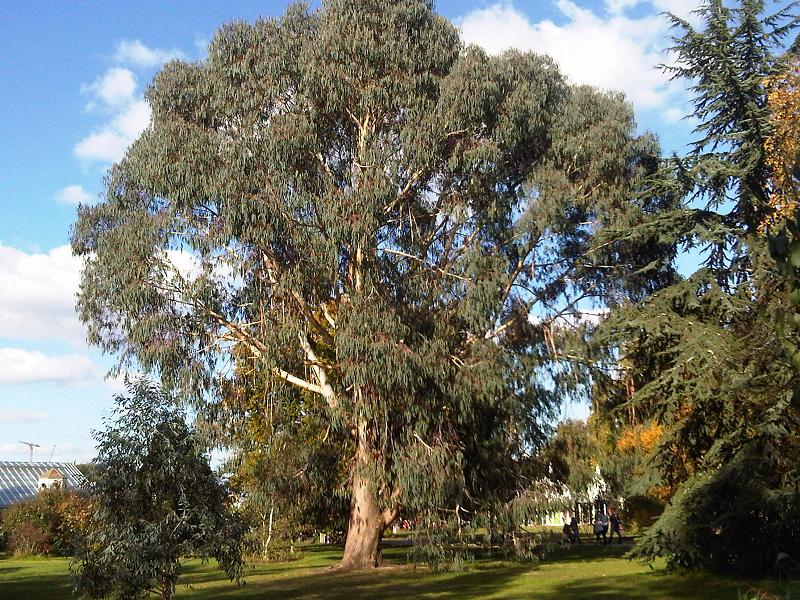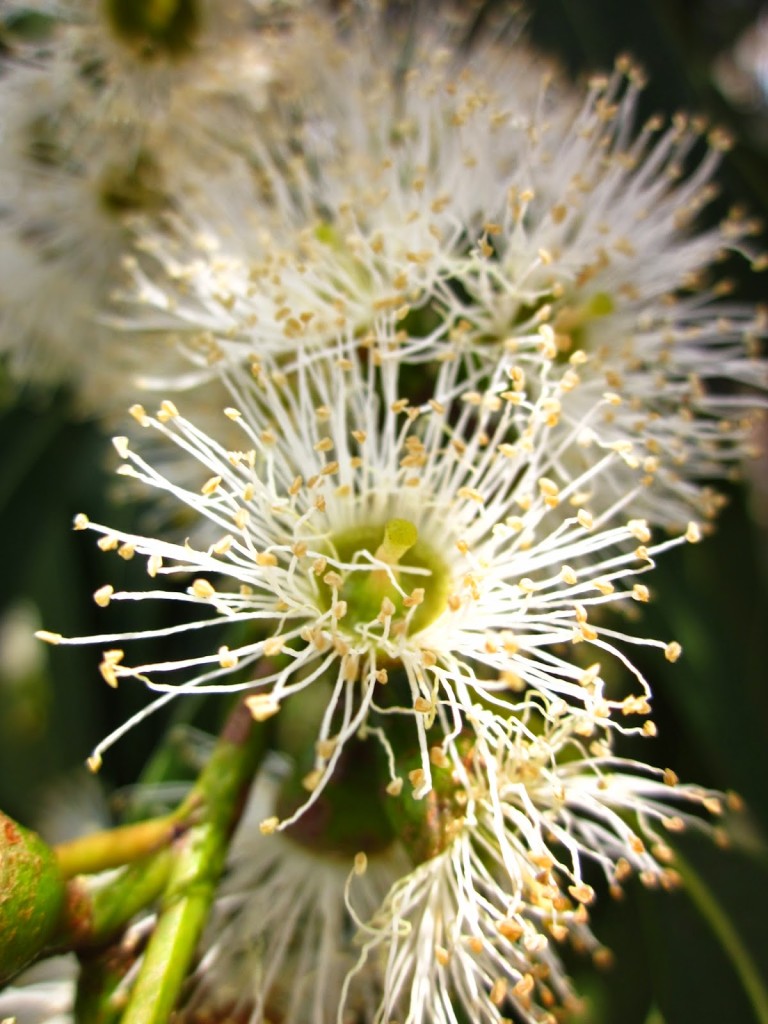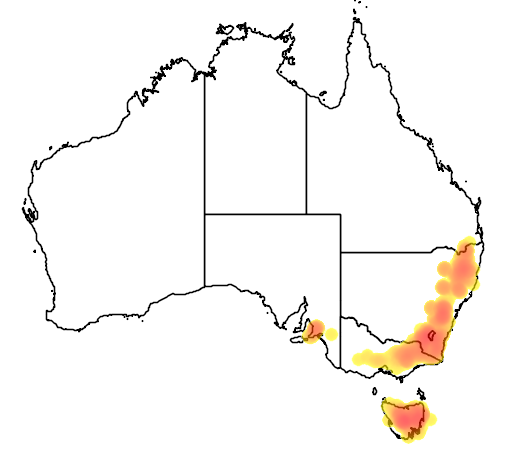Description
Common names
Mountain Gum, Broad Leaved Kindling Bark, Broad Leaved Ribbon Gum, Broad-leaved Ribbon Gum, Kindlingbark, Mountain White Gum, Seven Flowered Mountain Gum, White Gum.
Scientific names
Eucalyptus dalrympleana.
Family
Myrtaceae.
Genus
Eucalyptus.
Name origin
Dalrympleana, after Richard Dalrymple Hay, former Chief Commissioner of NSW Forests.
Rainfall
800-1900mm.
Growth rate
Fast.
Growth height
Up to 40m.
Presence in Australia
Mostly in upper reaches of catchments including Tooma, Maragle and Paddy"s River-Burra Valley.
This specie has been identified in the following Australian states: Qld, NSW, ACT, Vic, Tas, SA.
Habitat
Grassy or sclerophyll woodland or forest on loamy or sandy soils at higher elevations.
Habit
Tree to 40m high with smooth bark on lower trunk shedding in long ribbons. Large crown of glossy green leaves.
Similar species
Distinguished from Candlebark (E. rubida) mainly by its glaucous juvenile and intermediate leaves.
Site preference
Moist, well-drained deep soils. Tolerates frost.
Characteristics
Fast-growing. Develops spreading habit in open situations. Hybridises with Candlebark on Northern Tablelands.
Seed collection
Early Dec to late May. Monitor closely, as seeds released 3-8 weeks after maturity. Trees fallen for timber are ideal seed source.
Propagation
From seed (±250 viable seeds per gram).
Regeneration
From seed after fire.
Shade and shelter
Could be included in wide windbreaks as high-level cover.
Timber
Straight-grained, moderately coarse and hard, but not durable. Density about 740 kg/m3. Similar but superior to Candlebark timber. Used in framing, paneling, flooring, joinery and tool handles. Useful timber for farm forestry planting on sheltered sites.
Wildlife
Important hollow source for birds, including the Sooty Owl, and mammals, including the Yellow-bellied Glider.
Other
Leaves produce red-orange dye with alum as mordant.



